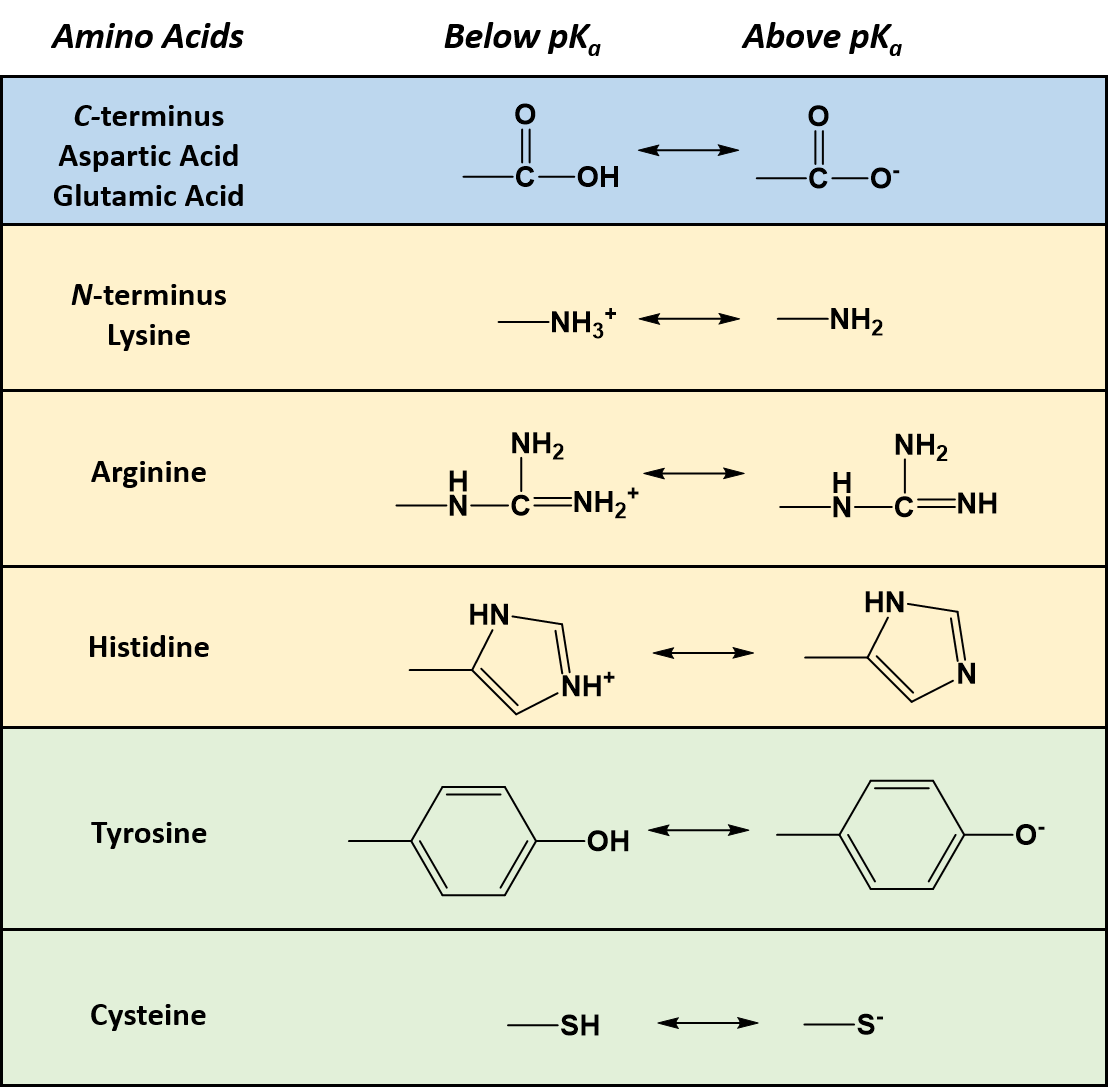

The nitrogen atom in a peptide proline doesn't remain attached to the hydrogen and therefore makes a considerable influence in the susceptibility of peptide bonds and stimulates activity. It is the Schiff base that gets also reduced to generate proline. The γ-carboxyl group gets reduced into an aldehyde, forming glutamate semialdehyde, which then further reacts to the α-amino group, producing water and Schiff base (a sub-class of imines). Proline requires a carbon-nitrogen double bond (as it is an imino acid) and can be easily synthesized from Glutamic acid. Here’s how proline chemical structure appears in shape: It has a structure that makes it an enantiomer to D-proline and has the conjugate acid of that of the L-prolinate.Īs the R-group in a proline gets bonded with the Nitrogen atom of the amino group, this is what gives proline its unique structure, distinct from other amino acids. The L-proline belongs from the pyrrolidine (a cyclic amine) where the pro-S Hydrogen atom gets replaced by a carboxyl group. Often represented as one-lettered format P, these amino acids are made from an amino group and a carboxyl group, as well as an R-group, bonded with the central Carbon atom to form a helix structure. Found diversely across cells, muscles, eggs, and other animal processes, these can help in regulating the insulin generation, heal muscle tissues as well as contribute to our body metabolism. For prolines found at the end of the α helix, the absence of hydrogen atom creates a bend in the helix structure and can exist in isoenergetic cis and trans variations.įor the biological systems in animals and humans, the amino acids are crucial components, because of its life-giving features and attributes. This is why prolines cannot give away its Hydrogen bond to balance the α helix or the β sheet. Generally considered as an asymmetrical catalyst in numerous protein synthesis, Harvard University researchers often referred to proline as the 'simplest enzyme,' which was then elaborated as proline being one the few catalysts enabling prebiotic evolution.Ĭonsidered highly unusual for an amino acid to be cyclic in its structure (because of the secondary amine), proline forms a peptide bond that does not contain hydrogen on the α amino group.

Willstätter came up with the D, L-racemate synthesized from N-methylproline. It was in 1900 that Nobel-laureate Richard M. The proteins synthesized from proline also have discrete secondary structures and, therefore, appear different from that of the proteins synthesized from open-chain proteins.

The proline contains a secondary amine group (the only natural amino acid having a secondary amine), giving its unique helix rings in the structure. The primary amine present on the carbon of the glutamate semialdehyde generally forms a Schiff base from which the aldehyde reduces, thus generating proline. It is also a part of the twenty most crucial amino acids as humans and other animals biosynthesize it. Also known as L-proline, it is an imino acid or a molecule that comprises both the carboxyl and imine functional groups.


 0 kommentar(er)
0 kommentar(er)
